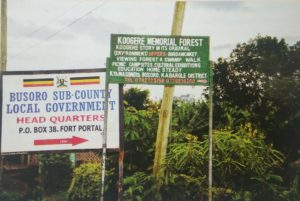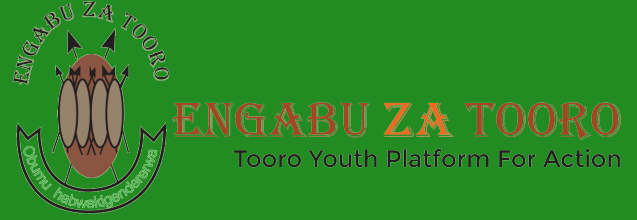Project goal
Leveraging the power of cultural heritage to deepen stewardship and integrate conservation practice in lifestyle and livelihood of indigenous and local communities.
The problem

The problem is increasing loss of biodiversity and degradation of the environment as a result of the communities lacking awareness and loss of their natural stewardship of nature and responsible practices of utilization of natural resources. The communities are excluded in the program of environmental management and lack the capacity support to adopt modern conservation practices and conservation efforts are delinked from the peoples common knowledge, lifestyle and livelihood and cannot connect their cultural values and heritage to species of biodiversity.
The state of biodiversity – a case of Uganda
Uganda is one of the world’s leading second bio-diverse country in Africa. However, if less is done, this biodiversity can be rapidly degraded.
The country is estimated to have lost about 50% of its biodiversity value between 1975 and 1992 (Pomeroy, Tushabe & Loh, 2017, Plumptre. et al, 2018).
It lost 27% of 1,329,570 hectares in total or 88,638 hectares per year of its original forest cover between 1990 and 2005. It is estimated that if nothing is done to avert the situation, Ugandans forest resources will completely be exhausted by 2050 (NFA, 2009).
Between 2014 and 2015, Uganda Wildlife Authority alone handled 90 cases of human – wildlife conflict, involving crop destruction, poaching and mass killings of wildlife through poisoning. Uganda’s wetland which is 26,307.72 and about 11.9% of the total land area is under threat from habitat degradation and overutilization of the constituent resources and conversion for agriculture, industrialization and human settlement.
Uganda has got sufficient laws and policies and their enforcing institutions. It is also a signatory of several relevant international instruments. However, the role of promoting favorable voluntary spirit and practices among community members remain crucial in entrenching the spirit and practice of environmental sustainability.
Our model of conservation promotion
We leverage the power of cultural values and practices to mobilize people’s spirit and action towards conservation and the modern conservation practices get integrated in people’s lifestyles and livelihood. The people’s natural stewardship of nature and responsible utilization of natural resources get reclaimed and a cultural driven conservation which is integrated in peoples lifestyles and livelihood is established. This is made possible by the raising awareness and promoting the symbiotic relationship which exist between safeguarding cultural values and practices and preservation of species of biodiversity. In all communities, species of animals, reptiles and birds serve as symbols of cultural values and practices while trees and plants provide raw materials for crafts, tools and instruments which are used in practicing and enjoying cultural values.
Activity areas of the program
- Ongoing research and documentation of relationships between cultural values, heritage, traditions and practices on one hand and species of biodiversity, nature and environment in general on the other hand. This informs culture and environmental education and sensitization activities.
- Community education and sensitization on the relationship between cultural values and practices on one hand and biodiversity species on the other hand and therefore, the need and justification of safeguarding both. This is done through media programs and entertainment education.
- Training cultural leaders and community elders with their youth successors in skills of modern conservation practices on different biodiversity categories especially those linked to cultural values and practices and methodologies of integrating conservation in cultural processes and activities.
- Executing and promoting the following practical conservation programs.
– Establishing and maintaining biodiversity reserves at community and family levels.
– Establishing and maintaining nursery beds and seedlings distribution centers of endangered and threatened biodiversity species especially those linked to cultural values and practices.
– Deliberately planting trees and plants that were initially wild.
- Ongoing collection of data on the results of the implementation of the model, reporting, dissemination and publication of the model.
Expected impact of the program
Sustainable environment, rich biodiversity and balanced ecosystem as a result of reclaimed community stewardship of nature, responsible and sustainable utilization of natural resources and restored sustainable relationship between people and wildlife and environment in general. Communities are equipped with knowledge and skills of modern conservation practices which are integrated in lifestyles and livelihoods of communities.
